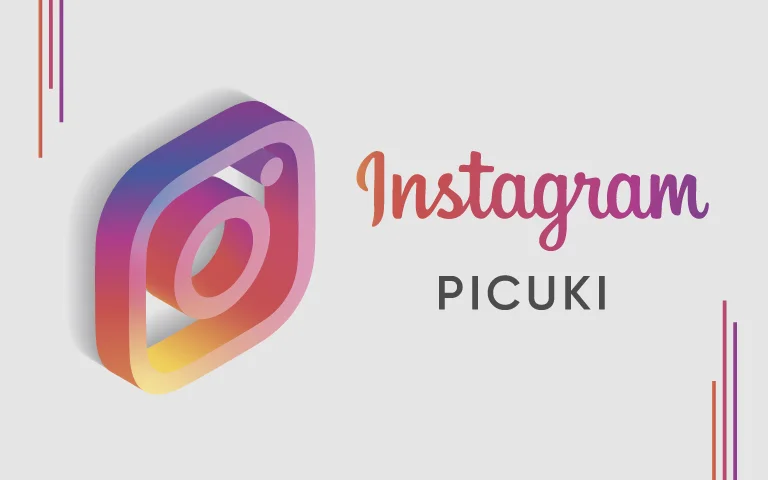As trends in healthcare continue to shift, medical equipment providers and insurance companies need to stay ahead of the curve. The emergence of innovative technology, changing reimbursement models, and new market entrants all have implications for medical equipment. This blog post explores emerging trends shaping the landscape for medical equipment supply chains and insurance providers. We’ll explore what these changes mean for businesses and consumers regarding flexibility, cost savings potentials, access to state-of-the-art technology, and more.
Overview of the medical equipment supply chain and changes in sourcing
The medical equipment supply chain has seen significant changes in sourcing in recent years. The supply chain consists of various entities, such as manufacturers, distributors, and healthcare providers. Medical equipment providers are a key component of the supply chain. One of the most notable changes is implementing HME DME software to improve the efficiency of the supply chain.
This software assists in automating processes such as claims management, inventory control, order management, and communication between suppliers and buyers. While technology adoption in the industry has been slow, this shift has improved the accuracy and speed of delivery in the supply chain. As we progress, seeing how technology will continue transforming the medical equipment supply chain will be interesting.
Impact of new technologies on medical equipment supply, including 3D printing, AI, and robotics
The advancements in new technologies have tremendously impacted the supply of medical equipment. One of the game-changing innovations in this field is 3D printing, which has revolutionized the way medical devices are manufactured and customized. With the help of 3D printing, prosthetic limbs, and other custom-made medical devices can be produced in hours, providing unprecedented speed and convenience for patients.
Another major breakthrough is the implementation of Artificial Intelligence (AI) in medical equipment supply. AI-powered automated systems can analyze data and identify trends, allowing for faster decision-making and improving the accuracy of diagnoses. Lastly, the integration of robotics in medical equipment supply has transformed healthcare. Robotic surgical tools have proven to be more precise, leading to fewer complications and faster recovery times for patients. These innovative technologies have reshaped the healthcare industry and will continue to do so for years to come.
Growing demand for patient-friendly medical devices
The healthcare industry is continuously evolving to meet the needs of patients. One area that has recently seen a growing demand is patient-friendly medical devices. Patients are no longer satisfied with bulky and intimidating devices requiring specialized training. They want medical devices that are easy to use, comfortable, and can seamlessly integrate into their daily lives.
This shift in patient expectations has led to a flurry of activity among medical device manufacturers working to create innovative, patient-friendly devices. These devices range from smart inhalers that can monitor and analyze a patient’s breathing patterns to wearable glucose monitors that can help individuals with diabetes manage their condition. As the demand for patient-friendly medical devices continues to grow, it is exciting to see the progress being made to improve the quality of life for patients worldwide.
Shift in insurance reimbursement policies for medical equipment
The world of healthcare is constantly evolving, and one significant change that’s been taking place lately is the shift in insurance reimbursement policies for medical equipment. As insurance companies and healthcare providers strive to cut costs and streamline processes, there’s been a move away from traditional fee-for-service models towards value-based reimbursement.
This means that medical equipment suppliers and manufacturers must adapt their products and services to meet the changing demands of the healthcare industry. While these changes are meant to benefit patients by improving the quality of care, they can also create challenges for medical equipment providers who must navigate complex reimbursement policies. Despite the challenges, it’s clear that the shift in insurance reimbursement policies is a necessary step forward for the future of healthcare.
Incentives for providers to reduce costs associated with medical equipment purchases
Purchasing medical equipment often comes with a hefty price tag and can significantly burden healthcare providers. However, providers now have incentives to reduce the costs associated with these purchases. One way they can achieve this is through DME billing software. This technology allows providers to streamline their billing processes and reduce errors, leading to fewer denied claims and higher reimbursement rates. This, in turn, can help offset medical equipment costs. With the right tools and strategies, providers can continue delivering high-quality care while controlling costs.
Regulations governing the use of medical devices in clinical settings
Regarding medical devices, strict regulations have been implemented to ensure patient safety in clinical settings. These regulations govern the manufacturing, design, and labeling of medical devices and the ongoing monitoring and reporting of any issues that may arise post-market. This ensures that any potential hazards are quickly identified and addressed in a timely manner. With the ongoing advancements in medical technology, these regulations must remain up-to-date and responsive to the needs of patients and healthcare providers alike. By following these regulations, we can help ensure medical devices’ safe and effective use in clinical settings.
To conclude, the medical equipment supply chain is in a state of constant change. This means providers must be prepared to keep up with the latest technologies and regulations available for medical devices. 3D printing, AI, and robotics have all impacted the optimization of product supply, and manufacturers are being driven to create patient-friendly devices. Insurance reimbursement policies have also shifted, which drives providers to reduce costs associated with their purchases.
Lastly, regulatory agencies manage how products can be used in clinical settings and ensure compliance to protect public health. In summary, though many changes are occurring inside the medical equipment supply chain, providers must learn how to adjust quickly while maintaining quality standards to keep patients safe and healthy.


















